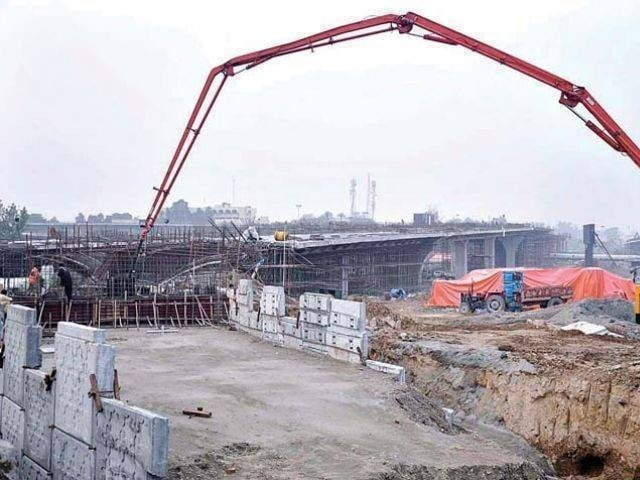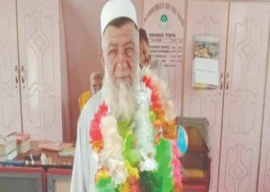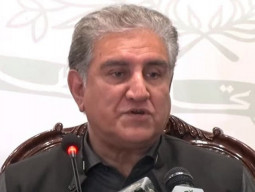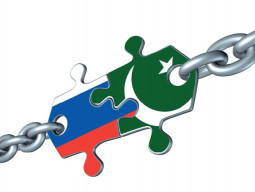
According to an institutional assessment report compiled by the Khyber-Pakhtunkhwa (K-P) Local Government, Elections and Rural Development Department system, a copy of which is available with The Express Tribune, nazims did not visit 16 of the 25 districts (67 per cent of the districts), violating the province’s Local Government Act 2013.
According to the Development Guidelines for Devolved Tiers 2015, a nazim of each district, tehsil, village or neighbourhood council is mandated to periodically review the financial as well as the physical progress of development projects in their respective areas.
“The commissioner of the respective district, through divisional monitoring and evaluation officer, is required to monitor at least 25 per cent of the projects in the district, tehsil and village/neighbourhood councils,” the Khyber-Pakhtunkhwa District Stock Take report stated.
It added that the deputy commissioners and district nazims shall each visit not less than 10 per cent of the projects which are being funded by the district or tehsil’s fund.
However, the report revealed, nazims visited eight districts but had fallen short of the minimum requirement of checking and visiting 10 per cent of the projects.
On the other hand, the deputy commissioners paid monitoring visits to 13 districts. But they only met the minimum requirement of monitoring visits in only six districts, including in Charsadda, Lakki Marwat, Lower Dir, Peshawar, Swabi, and Upper Dir.
However, the technical staff — who are best placed to monitor the progress of projects — were worse off. The report stated that none of the relevant departments had visited 17 out of 25 districts.
Moreover, the commissioners too had conducted insufficient visits. “Overall monitoring mechanism in the districts was not found satisfactory as the reported number of visits does not suffice for the required number of visits,” the report stated.
But the report hinted that the lack of visits was not just up to lethargic or disinterested officials, rather, it suggested that the system may be broken. It said that the monitoring mechanism suffers from a shortage of staff, insufficient transport facilities and absence of incentives for staffers to visit project sites.
The report recommended that the government implement Monitoring and Supervision Rules in order to streamline the monitoring mechanism since the system has yet to be notified.
Furthermore, the report recommended that an Independent Monitoring Unit should be established — similar to those set up in the health and education departments. Moreover, it suggested that proper formats and guidelines should be shared with all districts so that the respective districts can file their monitoring reports in the proper format.
Published in The Express Tribune, November 15th, 2017.


















COMMENTS
Comments are moderated and generally will be posted if they are on-topic and not abusive.
For more information, please see our Comments FAQ